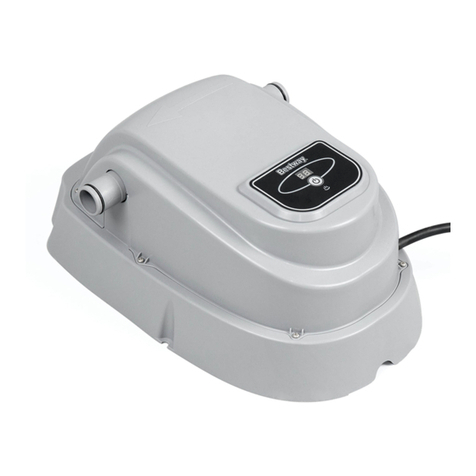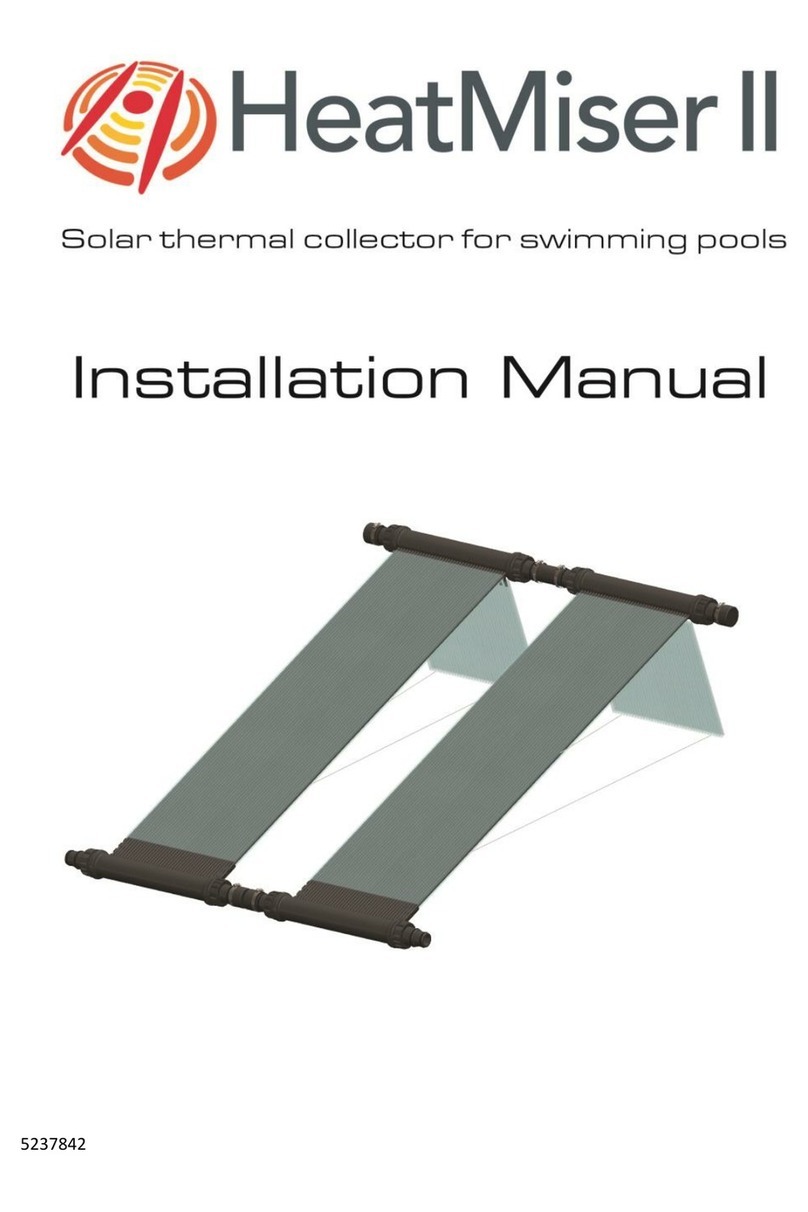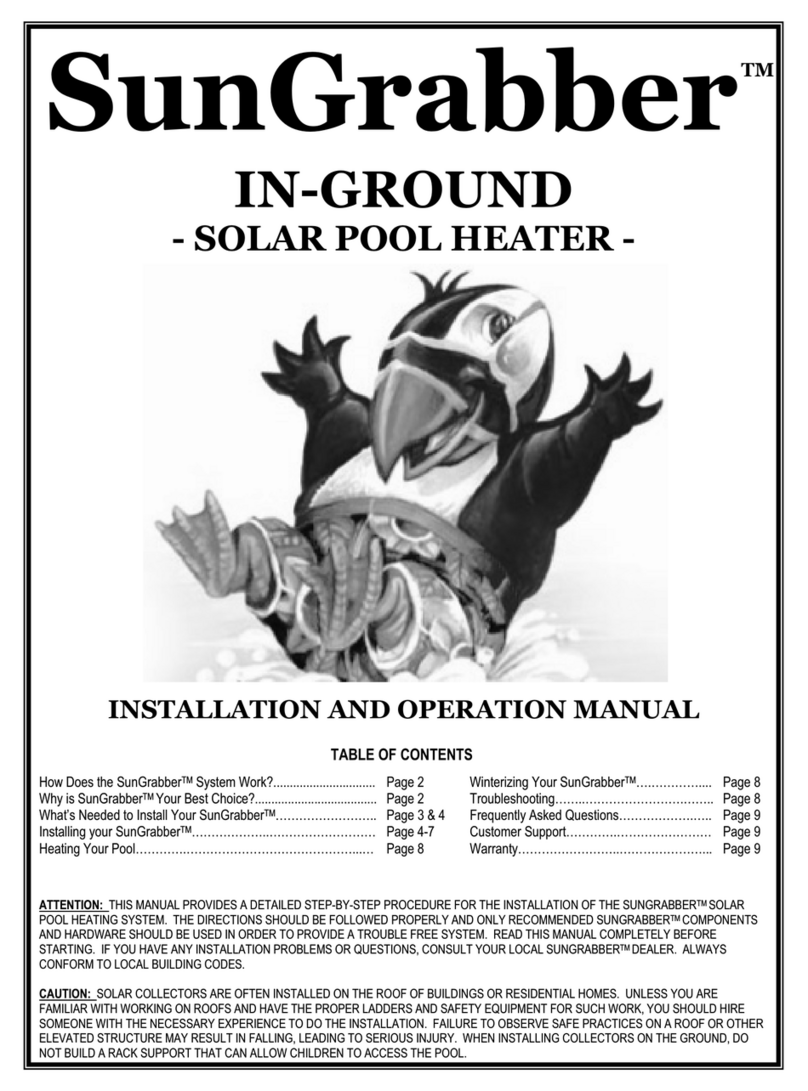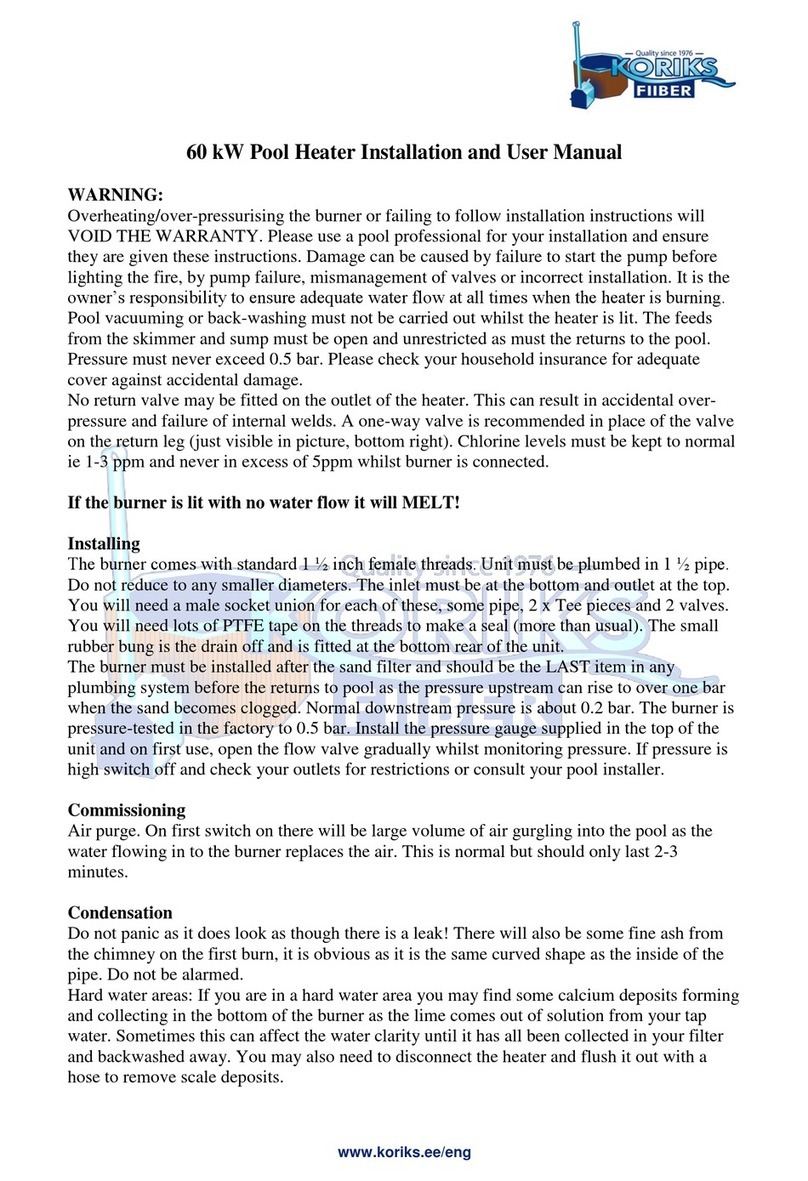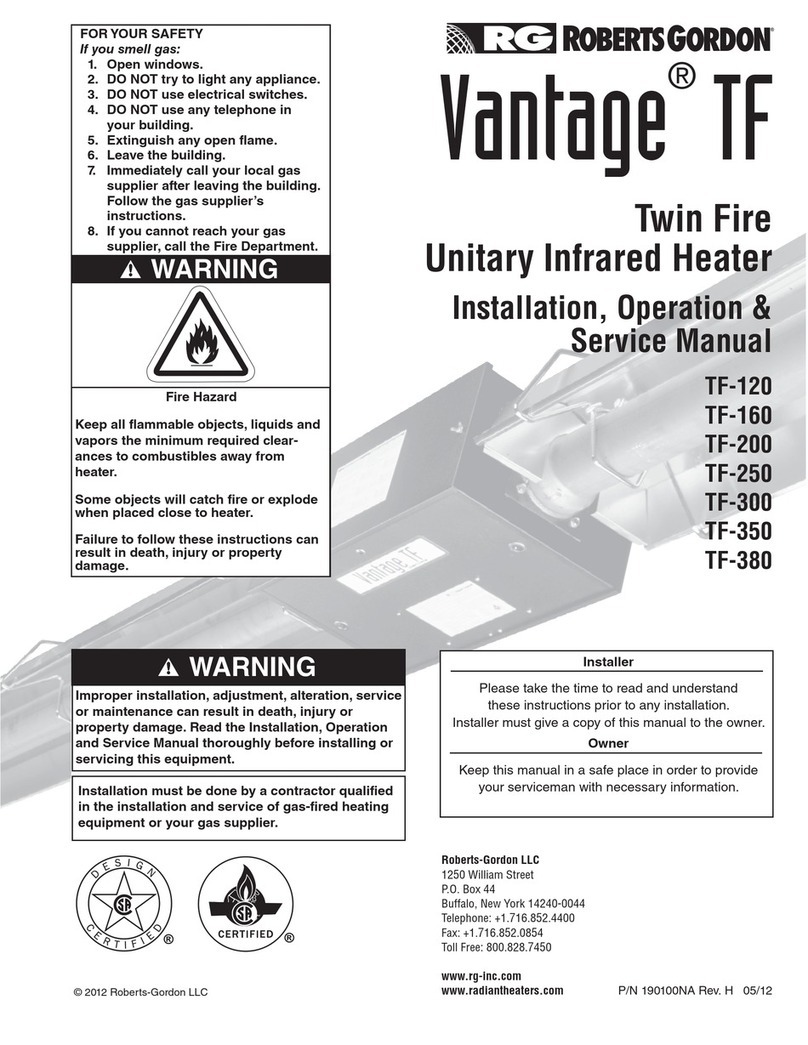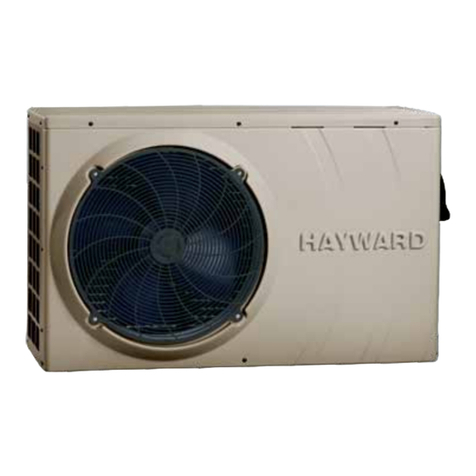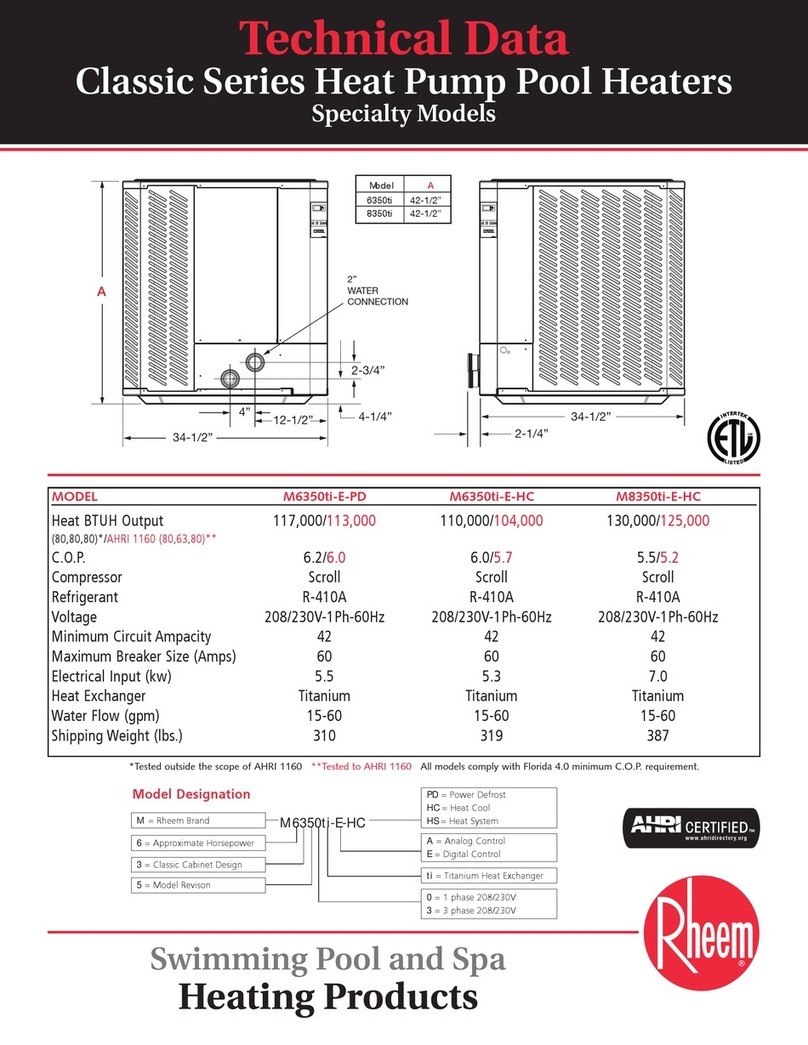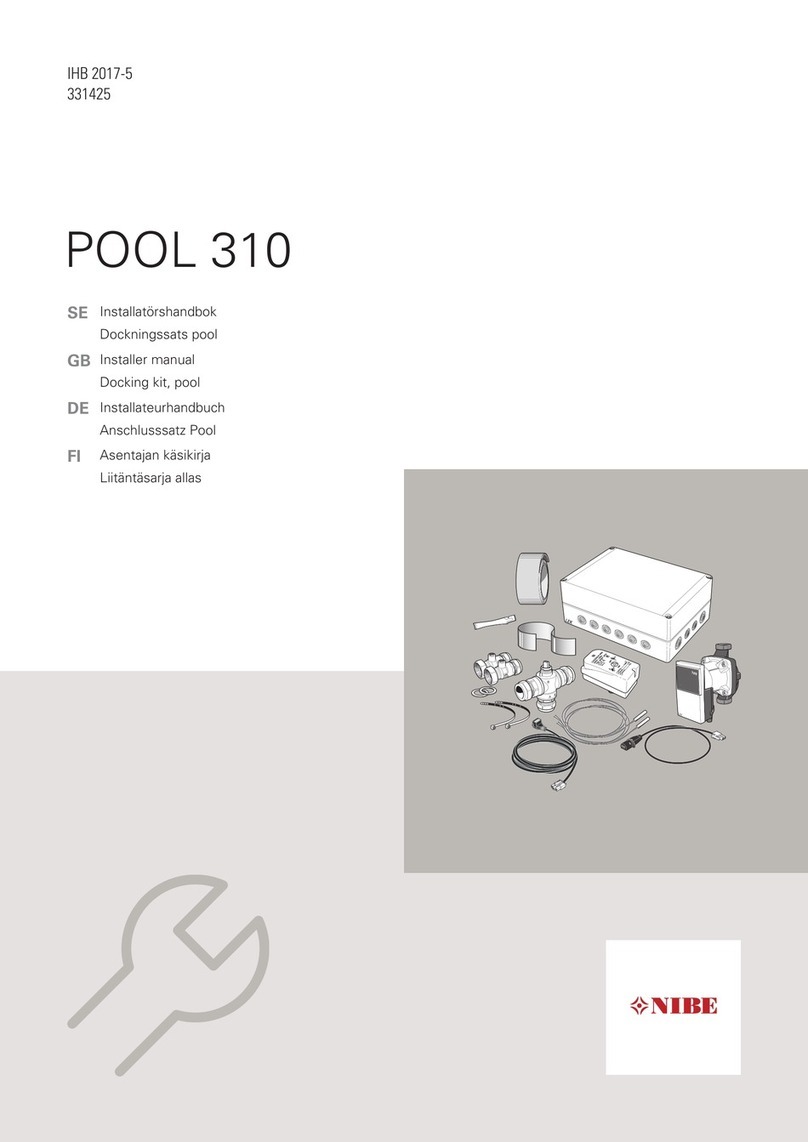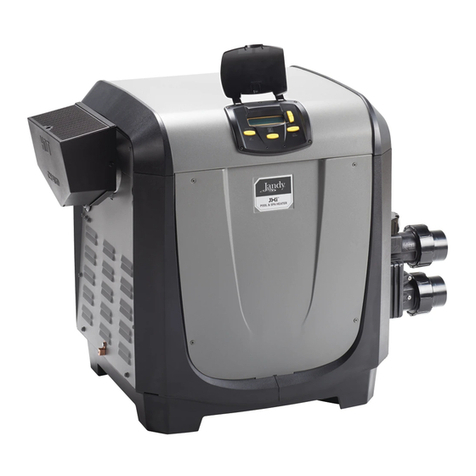
PREFACE
o ln rrrrlor lrrIrrvrrlc ()rrr customerswith quality, reliability and vcr:iirlrlrly.llrl'. Iro(ltt(;t has
l,r,r'rr nr,rrlo ll',lttr lptorlttt;tron standards.This manual includes all llrr:trlr l',',,ttV
l[1,,|il,rll,'r,rlrilrrl lrr,,l,rll;rliorr,debugging, disCharging andmainteni]rrr:r: l'lr,r:;c rcildthis
Ir,il[r,rl , ,rrr:lrrlly lrillorilyorr r)l)cn ormAintain the unit.The manUfaCturcol llrir; protlttctwill
lll l,r, lrr,l,lrl,,l,r.r',llrll ll ,,orrrrnrr:i inirlred orthe unit isdamaged, as aresttlt oI
Iilrl.r,,l,"r lh,,l,rll,rll,,rr ,l',1'il1ltllil(l,or ilnnilcossilrymaintenance.ltisVitalthatthe
lil,lrr, ll,,I,, *,tllrlrr llrl,: rririlrtrl ,rtil,rrllrrrtilrllo;rl ;rlllimeS. TheUnit mUSt beinStalled by
rlrr,rltltr',1 lrrt r,'rrrtll
rr I lrr rilrll , iilr,,Il! I'il rrr1,,rl[,rll,y ,l[,rllllr,,l l[',l,rllIr r ilttltr, ;tttr;tttltttllrlT:ln aUthoriSed
(l Nrrlrrlr,rrrrli 1, 1111r1 rrl,rrr,rllrrllll,,l lrrr r,rtrllrlrrrtl 'r, rltrlltrl; l,,llrl rrrr ltltrrtt(llrlllttttr:ttttl
lrlrllril, y,r,,,l,rllrl lttlltl,, trt,tltt,tl
rr 11,,,, 11r'tiltltr', t,l,ilrlrrl,l,i|l.rlt, Irlrl,, rrrly
I ,rtlrrrri lrr r rrlrlrlywlllr llrr",,' t,', lttrrtr,ltrl,tllott'.wlll lttv,tllrl,llu lltrr w,ttt,ttlly
{) ',wlllilil][1] I'onl llrrrrll'ilrrrI lltrll ltrr,rl:.llril,,wlnIilin(l lo0lw,tlilr ailr(l l(!r:p:;lll(! ltttttlltlt;tltlttl
r rrrr',l,rrrl I or :,plillylro lnrl, llru rrrrloor lrral(:inr lrc I)i:;r;rr:tclylrl<ltlctt ttr s(]trti-lti(ldellto
r,urI ir luxurylrousc.
Our heat pumphas following characteristics:
1 Durable
The heatexchanger is madeof PVC &Titanium tubewhich can withstandprolonged
exposure to swimming pool water.
2 lnstallation flexibility
The unit can be inslalled outdoors.
3 Qttiet o[)cr;rlion
l lro rrrril r;orrrpr ir;c:; i ttr cllir:tcrrl rol:rr y/ :;r;r ollr:r)nrl)t ossor and a low-noise fan motor,
wlrtr lr r;rt.rt,rtlrrrr:, rl',rlrlrl olrot;tlton
,l /\r lv,rt rr lr I r r rr rl t llltr rr I
Ilril rilrll1il, 1ilr1,,.. [ilr ril ( rrrrl,illIr r.orrlrolltnrl,irllowirrg all operationparameterS tO be
.r',1 tll',,r,rll',r ,,l,rlr',r ,rrlrl rll:,II.rycrlotr lltr: I (llJwire controller.Remote controller canbe
r ltrr',rrtt .r,, ltlltltoolrll(llt
(J wAl{r'{lNr ;
l,o nol u:;orno;rr:; lo arcceleratethe defrosting processor to clean,
( )llr(!r llriur llloserecimmended by themanufacturer.
T'lrc irg>pliance shallbe stored ina room withoutcontinuously
operating ignition sources (for example:open flames, an
Operating gas applianceor an operatingelectric heater.)
Do not pierceor burn.
Be aware thatrefrigerants may notcontain an odour,
Appliance shall beinstalled,operated and storedin a ro()nrwrllr.r ll,,r .rto.r l.rtr;ct llt;ttt30m'.
NOTE Themanufacturer may provideothersuitable r-.x;rrngrlr",,,r rrr,ry lrrrrvrlo;rrltlitional
information about the refrigerant odour.
1. PREFACE
This appliance can be used by children aged from 8 years and above and persons
with reduced physical, sensory or mental capabilities or lack of experience and
knowledge if they have been given supervision or instructionconcerning use ofthe
appliance in a safe way and understand the hazards involved. Children shall not play with
the appliance. Cleaning and user maintenance shall not be made by children without
s u pe rvi si on.
lf the supplycord is damaged,it must bereplaced by themanufacturer, itsservice agent or
simi larly qualified persons in order to avoid a hazat d.
The appliance shallbe installed inaccordance with nationalwiring regulations.
Do not operateyour air conditionerin a wetroom such asa bathroom orlaundry room.
Before obtaining accessto terminals, allsupply circuits mustbe disconnected.
An all-pole disconnection device which has at least 3mm clearances in all poles , and
have a leakagecurrent that mayexceed 10mA, the residual current device(RCD) having
a rated residual operating current not exceeding 30mA, and disconnection must be
incorporated in thefixed wiring inaccordance with thewiring rules.
Do not use means to accelerate the defrosting process or to clean, other than those
recommended by the manufacturer
The appliance shallbe stored ina room withoutcontinuously operating ignitionsources (for
example: open flames, an operating gas appliance or an operating electric heater.)
Do not pierceor burn
Appliance shall beinstalled, operated andstored in aroom with afloor area largerthan 30
m2
Be aware thatrefrigerants may notcontain an odour.
The installation of pipe-work shall be kept to a minimum 30 m2
Spaces where refrigerantpipes shall becompliance with nationalgas regulations.
Servicing shall be performed only as recommended by the manufacturer.
The appliance shallbe stored ina well-ventilated areawhere the roomsize corresponds to
the room areaas specified foroperation.
All working procedure that affets safety means shall only be carried by competent persons.
Transport of equipment containing flammable refrigerants
Compliance with thetransport regulations
Marking of equipmentusing signs
Compliance with local regulations
Disposal of equipment using flammable refrigerants
Compliance with national regulations
Storage of equipment/appliances
The storage of equipment should bein accordance withthe manufacturer's instructions.
Storage of packed (unsold) equipment
Storage package protection should be constructed such that mechanical damage to the
equipment inside thepackage will notcause a leakofthe refrigerantcharge.
The maximum numberof pieces of equipment permitted to be stored togetherwill be
determined by local regulations.
e3
(,,
*
&
s
€,
2
